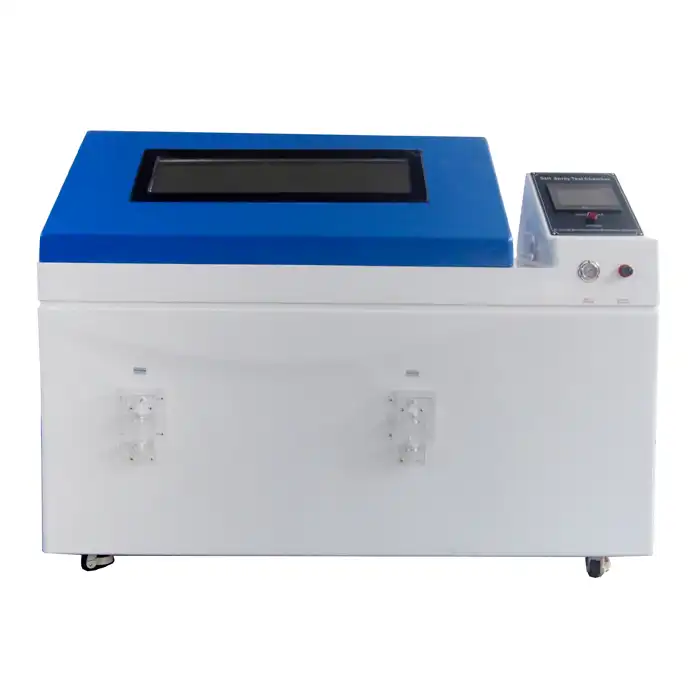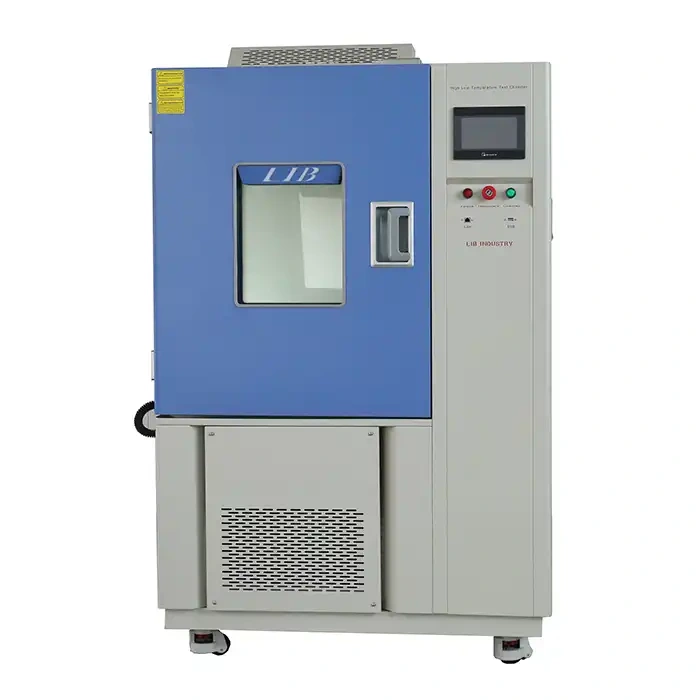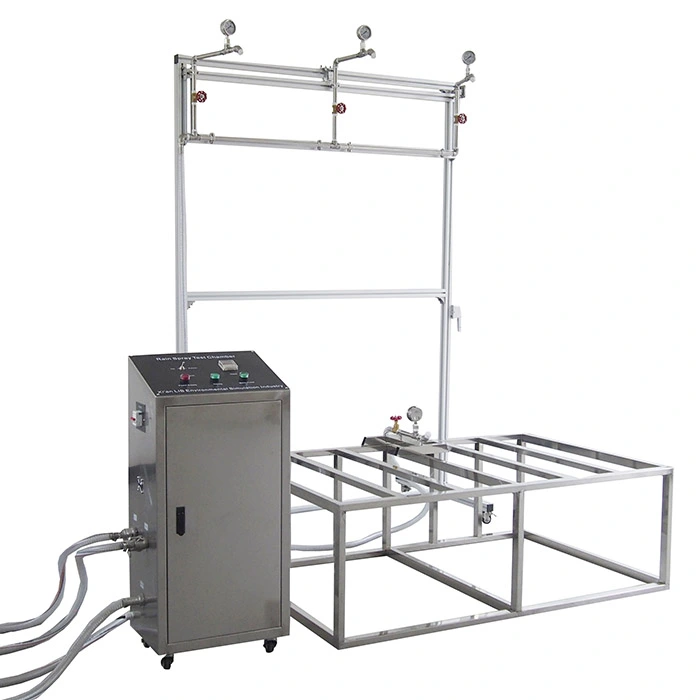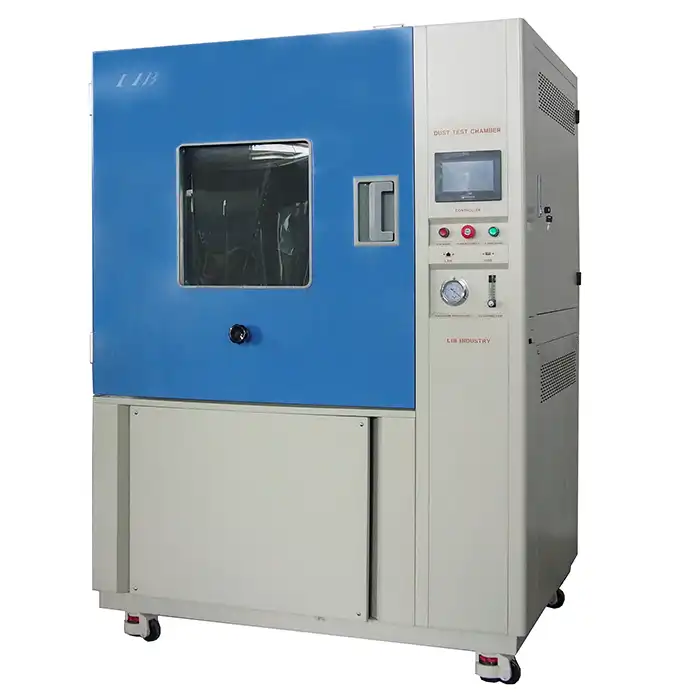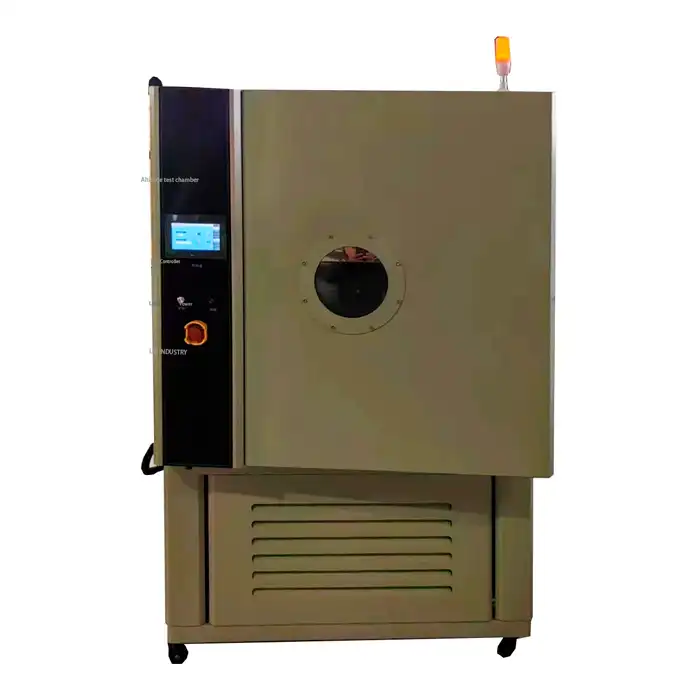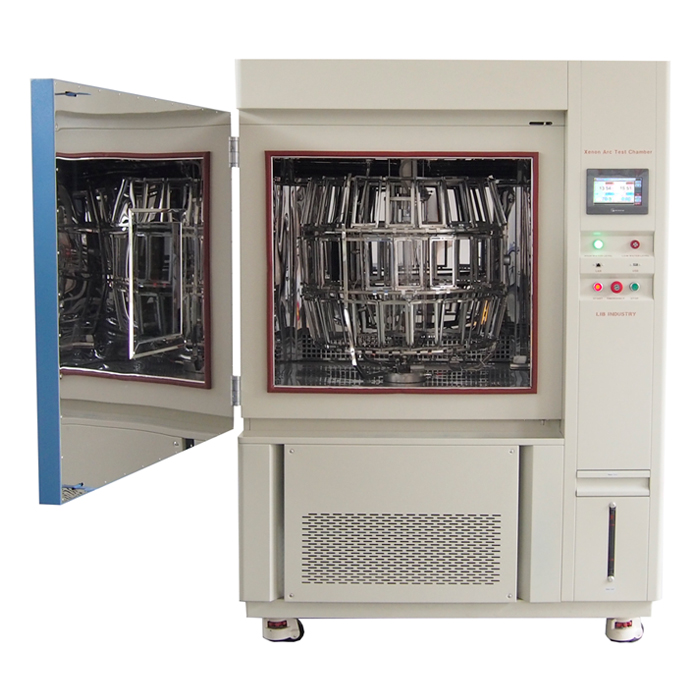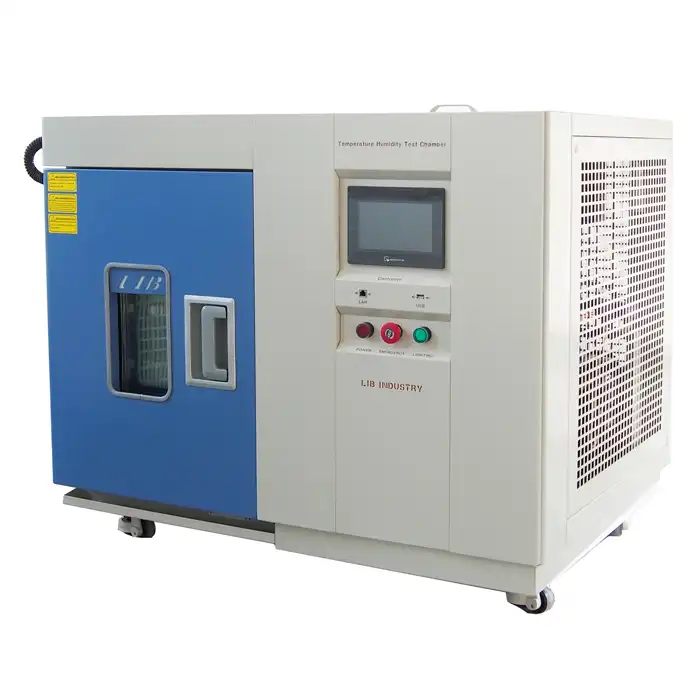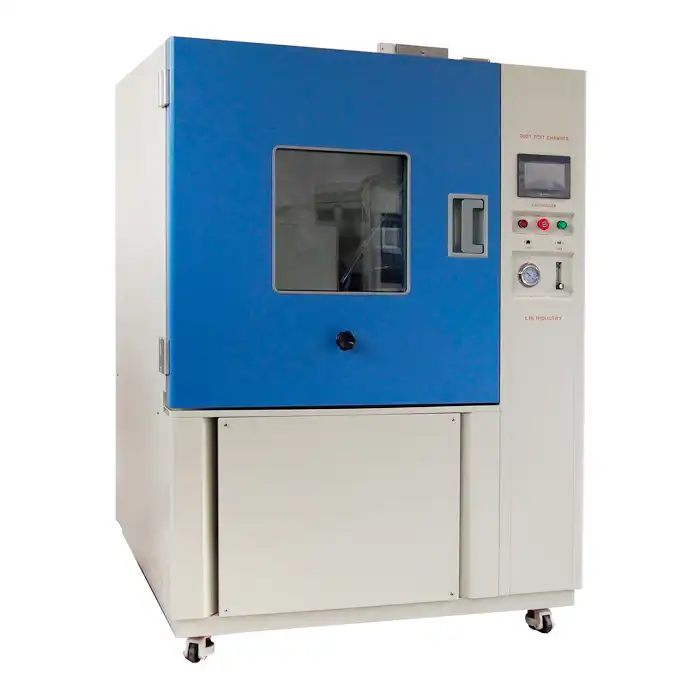Data Analysis and Interpretation in Salt Spray Testing
Salt spray testing in a salt spray chamber is a crucial method for assessing the corrosion resistance of materials and coatings. However, obtaining reliable results is not just about running the test - it requires careful data collection, analysis, and interpretation. Understanding how to evaluate salt spray test data ensures accurate conclusions and better decision-making for material selection and product durability.
Understanding the Basics of Data Collection in Salt Spray Testing
Accurate data collection is the foundation of effective salt spray testing. This involves maintaining precise control over test conditions, including temperature, humidity, and salt concentration. A well-maintained chamber from reputable salt spray chamber suppliers creates a controlled environment where test samples are exposed to continuous salt fog, simulating real-world corrosive conditions.
To ensure consistency, data should be recorded at regular intervals, including visual observations, weight loss measurements, and photographic documentation. These records help in identifying corrosion trends over time, allowing for a more comprehensive evaluation of material performance.
Key Metrics and Parameters to Monitor During Salt Spray Tests
Several key parameters influence the accuracy and reliability of salt spray test results within a salt spray chamber. These include:
- Corrosion Rate: Measured in millimeters per year (mm/y), this metric quantifies material degradation over time.
- Coating Adhesion: Determines how well a protective coating resists corrosion-related detachment.
- Pitting Density and Depth: Evaluates localized corrosion severity, especially on metals like aluminum and stainless steel.
- Time to First Corrosion: Indicates how long a material resists corrosion before visible signs appear.
For example, in a 1,000-hour ASTM B117 salt spray test, a high-performance zinc-aluminum coating may exhibit minimal corrosion, whereas a standard galvanized coating might show visible rust within 500 hours. Monitoring these metrics enables manufacturers to compare protective coatings and optimize material selection for harsh environments.
Advanced Statistical Methods for Analyzing Salt Spray Test Data
Analyzing data from a salt spray chamber requires more than simple observations. Advanced statistical methods help uncover patterns and improve result reliability.
- Mean Time to Failure (MTTF): This statistical measure estimates the average duration before a material shows signs of corrosion. It is particularly useful for comparing different coatings or treatments.
- Regression Analysis: Helps identify correlations between environmental factors and corrosion rate, improving predictive modeling for material durability.
- Standard Deviation and Variance: These metrics assess data consistency, ensuring that results are repeatable and not influenced by anomalies.
For instance, in a study comparing stainless steel coatings, a regression analysis might reveal that increased chloride concentration accelerates pitting corrosion, while standard deviation calculations confirm the uniformity of test results.
Interpreting Corrosion Patterns: What Your Data is Telling You
Corrosion manifests in various forms, and interpreting these patterns is essential for understanding material behavior.
- Uniform Corrosion: A consistent layer of rust across the surface suggests general degradation due to prolonged exposure. This indicates that the material lacks adequate protective coatings.
- Pitting Corrosion: Small, deep pits appearing on the surface signal localized attack, often caused by chloride ions. This is common in stainless steel and aluminum alloys.
- Blistering and Coating Delamination: When protective coatings bubble or peel away, it suggests poor adhesion or inadequate surface preparation before coating application.
Comparative Analysis: Evaluating Test Results Across Different Samples
Performing a comparative analysis helps manufacturers choose the best materials for specific applications. This involves testing multiple samples under identical conditions within the salt spray chamber and evaluating performance differences.
For example, a comparative study on three coating types - epoxy, polyurethane, and zinc-rich primers - may show:
- Epoxy Coatings: Exhibit excellent adhesion but moderate corrosion resistance after 720 hours.
- Polyurethane Coatings: Show high resistance to UV exposure but develop minor blistering after 1,000 hours.
- Zinc-Rich Primers: Provide superior corrosion resistance, with minimal degradation after 1,500 hours.
As established salt spray chamber manufacturers, LIB Industry offers high-quality salt spray chambers designed for accurate and repeatable testing. Contact us at ellen@lib-industry.com to learn more about our environmental test chambers and how we can support your testing needs.
References
1. ASTM B117 - Standard Practice for Operating Salt Spray (Fog) Apparatus.
2. ISO 9227 - Corrosion Tests in Artificial Atmospheres - Salt Spray Tests.
3. "Corrosion Engineering: Principles and Practice" by Pierre R. Roberge.
4. "Protective Coatings for Industrial Applications" by J. D. Scantlebury and M. W. Kendig.



